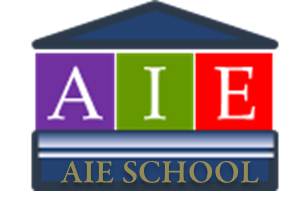|
Colored Lanes Colored Lanes
Using colored pavement in the bike lanes has several benefits: safety, comfort, and promotion. Colored pavement helps visually elevate the prominence of the bike lane on the road, further defining the cyclists' space and helping differentiate this road space from that which motorists feel free to use. The coloring is a constant and bold visual reminder to motorists that the bike lane (and hence, cyclists) are present. The eye-catching asphalt also serves as an advertisement of sorts for bicycling. As it does in European countries where the treatment is prevalent, it makes the statement that bicycling is important to San Francisco-and that the city is taking great strides to improve the experience of bicyclists.
The SFBC's preferred color choice for bike lanes is a brick red, reserving brighter colors like blue for shorter discrete high-conflict zones. There's no need to fear slick paint-colored asphalt technology has worked on that. In fact, the only tactile difference bicyclists will notice is that the newly paved colored bike lane offers a much smoother ride than the rough and potholed asphalt we've had to endure. Portland, Oregon and Cambridge, Massachusetts have both experimented successfully with blue bike lanes in areas of bike/car conflict. A recent study in Portland found that the number of motorists actively looking for and yielding to cyclists at conflict points dramatically increased after these bike lane segments were painted blue. While no American city has yet used colored pavement for an entire bike network, such treatment is common in European cities. Colored bike lanes will help establish San Francisco as the U.S. bicycling city and will go a long way toward encouraging more people to try bicycling. As the Bike Plan process moves forward, we need to make sure that the City considers the full range of proven design tools and techniques to make our streets more bike friendly. Bike Boxes
Bike Boxes, aka, Advanced Stop Lines for bicyclists are the bike improvement of choice at the moment in the United Kingdom. At an intersection, the bike lane expands to cover the entire lane, allowing bicyclists to "mass up" at the head of a line of waiting cars. This not only allows bicyclists a head start when the light turns green, it also provides a space away from the tailpipes of idling autos. To be successful, it appears that the installation of Bike Boxes needs to be paired with sufficient education and enforcement to prevent motorcycles and cars from utilizing this space. Here in San Francisco, bicyclists tend to use the crosswalks on Market Street as an unofficial Bike Box. Creating a separate, designated space for bikes to wait ahead of cars would legitimize bicyclists' existing behavior, reducing conflict with pedestrians. Bike Traffic Lights
Bicycle signals are used to indicate when bicyclists may proceed through an intersection. They are identical to a typical red/ yellow/ green signal, but with a stencil of a bicycle superimposed over the light. Used extensively in Europe, they are particularly useful to indicate an "all bicycle phase" through an intersection. Caltrans has approved the use of bicycle signal heads in California after hard lobbying from the City of Davis, who tested the signals on intersections around the University, and determined that the use of the signals, combined with a dedicated "bicycle only" phase, successfully reduced injury accidents. Possible locations to consider bike lights in SF might be at the corner of Market and Duboce, Fell and Masonic, and Market at Valencia.
More Innovative Designs
This is a separate turn lane for bicycles.
This is a lane shared by buses and cyclists.
This shows lane striping continuing through an intersection |
카테고리 없음









댓글